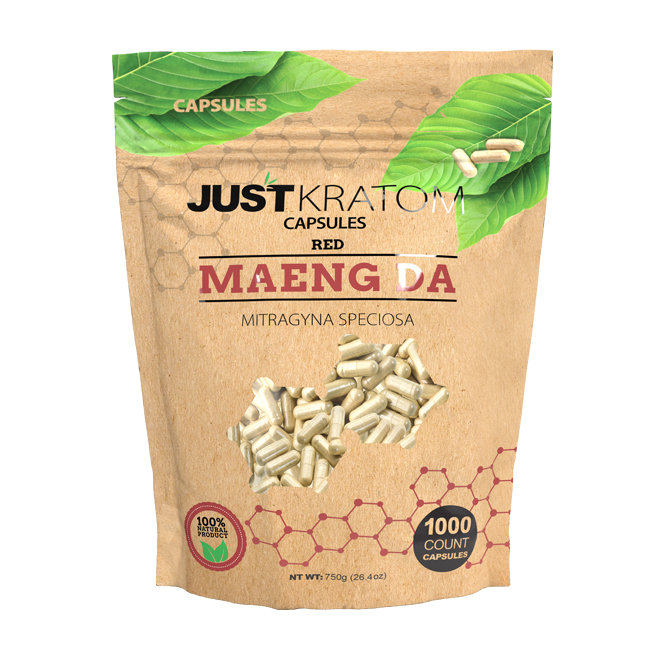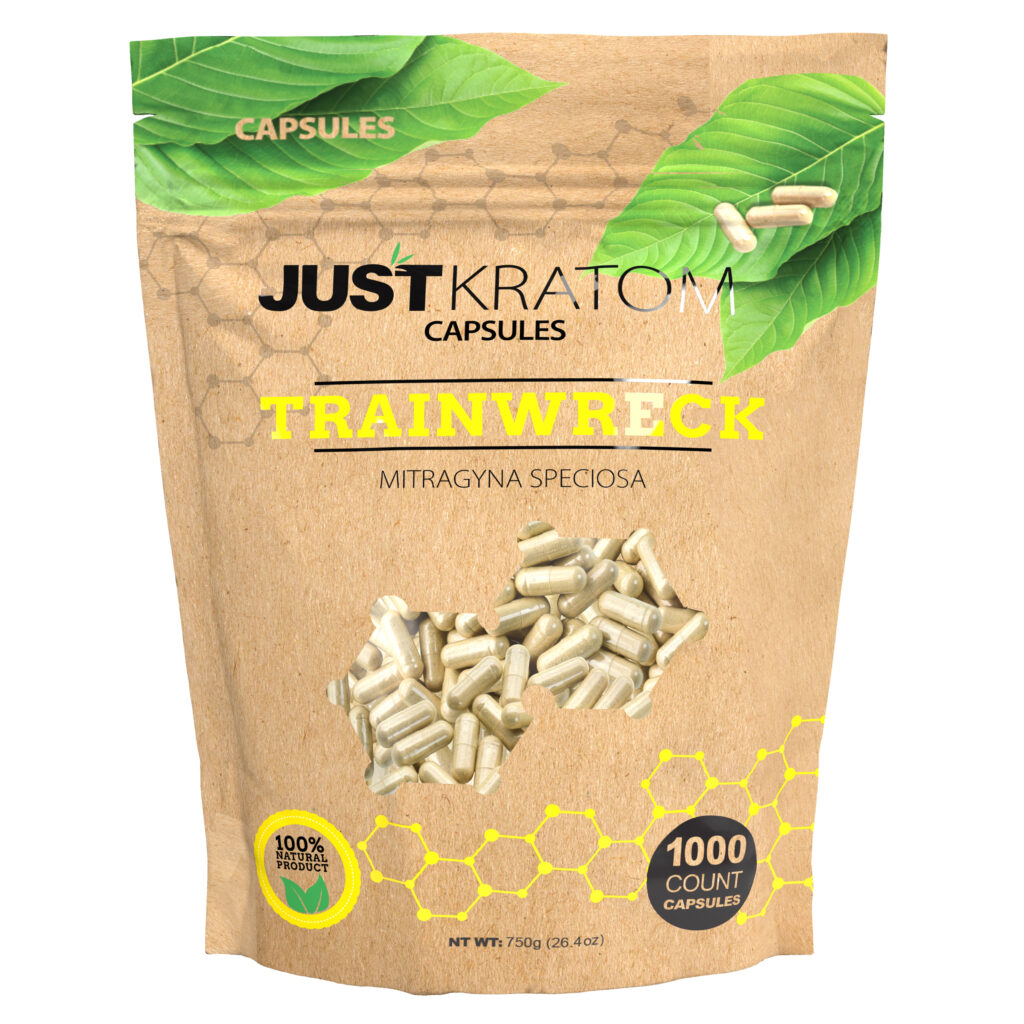Benefits of Kratom for Chronic Pain
Chronic pain can significantly impact an individual’s quality of life, often leading to decreased mobility, sleep disturbances, and emotional distress. For those seeking alternative pain management options, kratom has emerged as a potential solution.
Pain Relief Mechanisms
Kratom is a tropical tree native to Southeast Asia, and its leaves have been traditionally used for their medicinal properties. Compounds in kratom, particularly mitragynine and 7-hydroxymitragynine, are believed to interact with opioid receptors in the brain. This interaction may contribute to pain relief by modulating pain signals and reducing inflammation.
Research suggests that kratom may be effective in managing various types of chronic pain, including neuropathic pain, fibromyalgia, and arthritis. While more robust clinical studies are needed, anecdotal evidence and preliminary research indicate that kratom can provide significant pain reduction for individuals struggling with chronic discomfort.
Specific Conditions Treated
Kratom capsules offer a potential avenue for chronic pain management by leveraging the analgesic properties of its active compounds. Studies suggest that mitragynine and 7-hydroxymitragynine, found in kratom leaves, may interact with opioid receptors in the brain, leading to pain reduction through various mechanisms.
Kratom has shown promise in alleviating a range of chronic pain conditions, including neuropathic pain caused by nerve damage, fibromyalgia characterized by widespread musculoskeletal pain and fatigue, and arthritis resulting from joint inflammation. The potential benefits of kratom for managing these debilitating conditions make it a subject of ongoing research and interest.
Dosage and Administration
Determining the appropriate dosage and administration method is crucial when considering kratom for chronic pain management. Factors such as individual body weight, tolerance, and the severity of pain should be taken into account. Kratom capsules offer a standardized and convenient way to consume the herb, allowing for precise dosing.
Starting Dosage
Starting dosages for kratom can vary widely depending on individual factors and desired effects. It’s generally recommended to begin with a lower dose, typically between 1 and 3 grams, and gradually increase it as needed until pain relief is achieved.
Monitoring your body’s response to each dosage increment is crucial, paying attention to both the effectiveness of pain reduction and any potential side effects. It’s important to avoid exceeding recommended dosages as this can lead to adverse reactions.
Recommended Intake

Determining the appropriate dosage and administration method is crucial when considering kratom for chronic pain management. Factors such as individual body weight, tolerance, and the severity of pain should be taken into account. Kratom capsules offer a standardized and convenient way to consume the herb, allowing for precise dosing.
Starting dosages for kratom can vary widely depending on individual factors and desired effects. It’s generally recommended to begin with a lower dose, typically between 1 and 3 grams, and gradually increase it as needed until pain relief is achieved. Monitoring your body’s response to each dosage increment is crucial, paying attention to both the effectiveness of pain reduction and any potential side effects. It’s important to avoid exceeding recommended dosages as this can lead to adverse reactions.

Frequency of Use
The frequency of kratom use for chronic pain management will depend on individual needs and responses. Some individuals may find relief with daily use, while others may benefit from using it only when needed.
It’s essential to listen to your body and adjust the frequency of use accordingly. If you experience persistent or worsening pain, consider increasing the dosage or frequency under the guidance of a healthcare professional.

Remember that kratom is not suitable for everyone, and it’s crucial to consult with a doctor before using it to manage chronic pain, especially if you have pre-existing medical conditions or are taking other medications.
Potential Side Effects and Risks
While kratom shows promise as a potential aid in managing chronic pain, it’s important to be aware of potential side effects and risks associated with its use.
Gastrointestinal Issues
Gastrointestinal issues are a common side effect of kratom consumption. These can include nausea, vomiting, diarrhea, constipation, and stomach cramps.
These effects are often dose-dependent, meaning they are more likely to occur at higher doses. It’s important to start with a low dose and gradually increase it as tolerated, paying close attention to any gastrointestinal discomfort.
Cardiovascular Effects
Cardiovascular effects associated with kratom use are not well-established. There have been isolated reports of elevated heart rate and blood pressure in some individuals after kratom consumption.
However, more research is needed to determine the true extent and mechanisms behind these potential cardiovascular effects. Individuals with pre-existing heart conditions should exercise caution and consult a healthcare professional before using kratom.
Dependence and Addiction
Potential side effects of kratom can vary depending on the dose, individual sensitivity, and other factors. It’s crucial to start with low doses and gradually increase them as needed, monitoring for any adverse reactions.
One common concern is dependence or addiction. Kratom contains compounds that interact with opioid receptors in the brain, similar to prescription painkillers. Long-term use can lead to tolerance, where higher doses are required to achieve the same pain relief effect. This increased reliance on kratom can contribute to a potential for dependence and withdrawal symptoms upon cessation.
Individuals with a history of substance abuse or addiction may be at higher risk of developing dependence on kratom. It’s essential to use kratom responsibly and avoid using it as a primary pain management strategy, especially if you have concerns about addiction vulnerability.
Legal Status and Regulation
The legal status and regulation of kratom vary significantly across different countries and regions. While kratom is legal in some parts of the world, it has been banned or restricted in others due to concerns regarding its potential for misuse and adverse effects.
Current Laws in Different Countries
In the United States, the legal status of kratom is complex and subject to change at both the federal and state levels. Currently, kratom is not classified as a controlled substance at the federal level, meaning it is not illegal to possess or sell. However, some states have implemented their own bans or restrictions on kratom sales.
In Europe, the legal status of kratom varies significantly across countries. Some countries, such as Germany and the United Kingdom, have banned kratom entirely due to concerns about its potential for abuse and adverse effects. Others, like Switzerland and France, have regulated its sale or possession.
Australia has classified kratom as a Schedule 9 substance under the Poisons Standard, which means it is prohibited except with an authorization from the Therapeutic Goods Administration (TGA). In Canada, kratom is currently unregulated but subject to ongoing review by Health Canada.
Countries in Asia, where kratom originates, generally have more relaxed regulations regarding its use and sale. However, some countries, like Thailand, have imposed restrictions on its cultivation and distribution.
It’s essential for individuals considering using kratom to carefully research the specific laws and regulations in their country or region.
Safety Considerations for Consumers
The legal status of kratom varies widely across the globe, creating a complex landscape for consumers seeking information about its use and accessibility. In some regions, it is legal and readily available, while in others, it faces strict bans or regulations.
Consumers should always prioritize safety by staying informed about the legal standing of kratom in their specific location. Utilizing reputable sources and consulting with healthcare professionals can help individuals make informed decisions regarding kratom consumption.
While kratom may offer potential pain-relief benefits, it is crucial to exercise caution and awareness regarding its potential side effects and risks. Gastrointestinal issues, cardiovascular effects (although research on this is ongoing), and the potential for dependence or addiction are all factors to consider.
Starting with low doses, gradually increasing them as tolerated, and monitoring for any adverse reactions are essential steps in mitigating risks associated with kratom use.
Interactions with Medications and Supplements
Interactions between medications and supplements can significantly impact their effectiveness and potentially lead to harmful side effects. It’s crucial to consult with a healthcare professional before using kratom, especially if you’re taking other medications or supplements, as there may be potential for interactions.
Drug-Kratom Interactions
Drug-kratom interactions are a complex issue that requires careful consideration. Kratom contains compounds that can interact with various medications, potentially altering their effects or increasing the risk of side effects.
Opioid medications: Kratom’s effects on opioid receptors raise concerns about potential interactions with prescription painkillers or other opioids. Combining kratom with these drugs could lead to respiratory depression, sedation, and an increased risk of overdose.
CNS depressants: Kratom can have sedative effects, and combining it with medications that also depress the central nervous system, such as benzodiazepines or antidepressants, could amplify these effects, increasing the risk of drowsiness, dizziness, and impaired coordination.
Antibiotics: Some studies suggest that kratom may interfere with the metabolism of certain antibiotics, potentially reducing their effectiveness.
Blood thinners: Kratom may have blood-thinning properties, which could interact with medications like warfarin or heparin, increasing the risk of bleeding.
It is essential to consult with a healthcare professional before using kratom if you are taking any medications or supplements. They can provide personalized guidance based on your medical history and current medications to assess potential risks and interactions.
Supplement Compatibility
The potential for interactions between kratom and other substances, particularly medications, is a significant concern.
Kratom’s effects on opioid receptors can create complex interactions with prescription painkillers, leading to heightened sedation, respiratory depression, and an increased risk of overdose.
Combining kratom with central nervous system depressants such as benzodiazepines or antidepressants can amplify sedative effects, increasing the likelihood of drowsiness, dizziness, and impaired coordination.
Furthermore, kratom may interfere with the metabolism of certain antibiotics, potentially reducing their effectiveness.
Kratom’s blood-thinning properties could pose risks when combined with medications like warfarin or heparin, elevating the chance of bleeding complications.
Given these potential interactions, it is crucial to consult with a healthcare professional before using kratom if you are taking any medications or supplements. A thorough review of your medical history and current medications will allow them to assess potential risks and provide personalized guidance on safe usage practices.
Order Kratom capsules for extra energy and mental clarity
- Jowl Treatment Near Burstow, Surrey - May 8, 2025
- Downturned Smile Treatment Near Tandridge, Surrey - May 8, 2025
- Dermal Fillers Near Chipstead, Surrey - May 6, 2025

